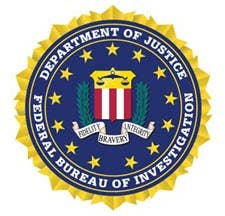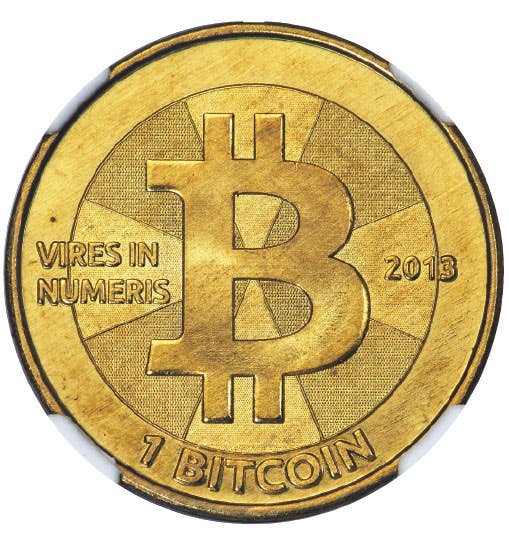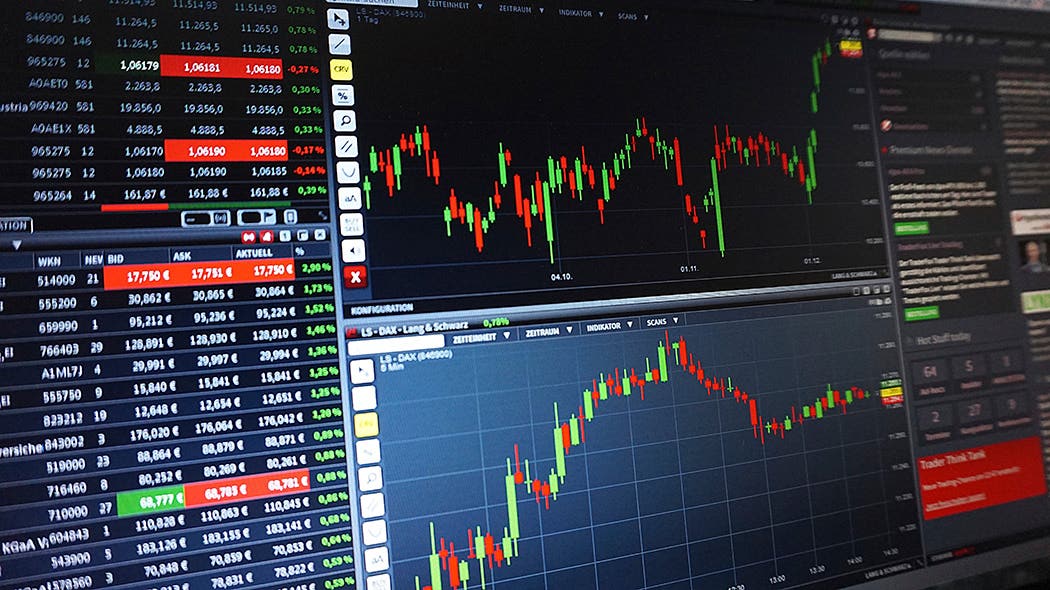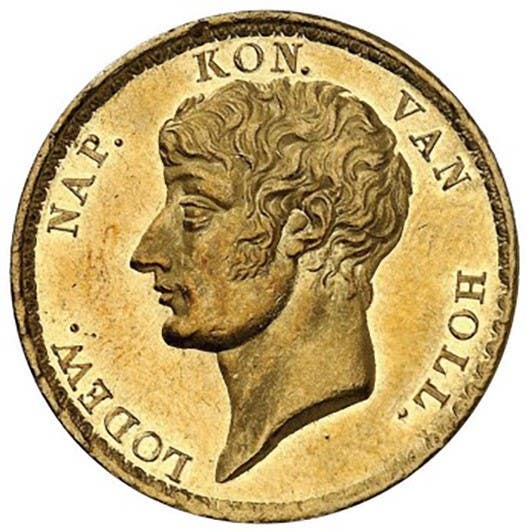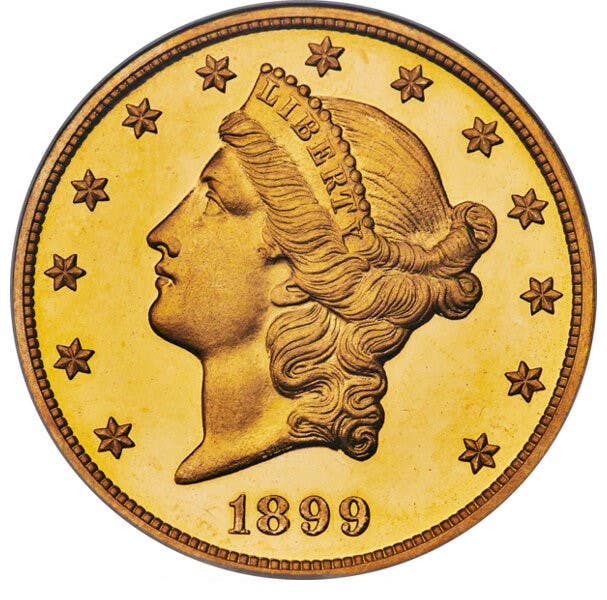The 1893 Isabella Quarter is in a Class of Its Own
Coins that stand out or are unusual are always interesting and that is true of the Isabella quarter as the Isabella quarter ranks as the only commemorative quarter in U.S….
Coins that stand out or are unusual are always interesting and that is true of the Isabella quarter as the Isabella quarter ranks as the only commemorative quarter in U.S. history. That fact alone raises the question of why it was made and why there were no other commemorative quarters. There were the Bicentennial reverse of the quarter in 1976, the Statehood quarters and the America the Beautiful National Parks quarters, however none of these were officially called a commemorative. The Mint classifies these as “circulating” coins versus “commemorative” coins.
In the early 1890s commemorative coinage was totally uncharted water for officials at the time. There were no guidelines. The only thing prior to the 1890s which could even remotely be called a commemorative was some 1848 quarter eagles which had ‘CAL’ stamped on the reverse. While they marked the discovery of gold in California they were not an issue approved by Congress.
Simply put, back in 1892 officials were on their own in deciding what coins to make as history was of no help.The best guess for the reason the Columbian Exposition half dollar of 1892 was made is that it was the largest silver coin other than a dollar. The dollar might have been more logical, but at the time, the United States was up to its ears in required Morgan silver dollar production. It is possible although not certain that dollars were not a good idea at the time.
In fact, it might have been a case where a quarter dollar was what was requested by the Board of Lady Managers of the Columbian Exposition. That could be viewed in two ways, as a quarter was a lower denomination than the commemorative for the Columbian Exposition, but when marketed for one dollar the quarter would produce a larger profit.It turned out the profits were minimal.
The final mintage of the Isabella quarter was put at 24,214 although just how many ended up in the hands of buyers is somewhat uncertain.
In his book, American Coins, Treasures and Hoards, Q. David Bowers has done an excellent job in tracking down some of the assorted buyers.
It would appear that the 24,214 mintage of the Isabella quarter actually included only about 15,000 sold by mail and at the Columbian Exposition.The famous B. Max Mehl, who was probably the best known dealer of his day, suggested that “A great percentage of this number was purchased by a prominent member of the Board of Lady Managers and were afterwards released as demand required.”
What Mehl was apparently delicately suggesting is that Mrs. Potter Palmer, the owner of Chicago’s famous Palmer house, purchased about 10,000 which, years later, were being sold in lots of 100 at little over half their initial price.
There were, however, others with Bowers quoting Thomas L. Edler in 1923 saying, “I bought 1,000 Isabella quarter dollars from the Exposition Committee once for 40 cents each and many others for 45 cents.” In addition, Bowers suggests that the Scott Stamp & Coin Company purchased several thousands in late 1893.
Even if only half the stories are true, it makes you doubt whether anyone ever paid full price for an Isabella quarter. It was the sort of situation which repeated over and over would give commemoratives, or at least private marketing, a bad name and result in the system we have today where the government does the marketing.
Under the circumstances, while low mintage, the Isabella quarter is available starting at $350 in MS-60 and goes up to $1,670 in MS-65. In fact, it is somewhat tougher in MS-65 as while clearly the coins were saved and sold to collectors, the fact is the initial people who handled the coins, in many cases, were not dealers and collectors. With a very interesting history in terms of sales, you can have a lot of fun just trying to imagine how the Isabella quarter you purchased made its way to your collection. ♦





